May 02, 19 · The following year he founded a new dynasty This is the story of his epic struggle and tragic demise It all began in the year 260 BCE when Prince Yiren ofThe Warring States Period of Ancient China 480 BCE to 221 BCE The period of the Warring States (Zhanguo or ChanKuo) refers to the era of about 475 BCE to 221 BCE It commenced at a time of when the numerous petty citystate kingdoms of the Spring and Autumn period had been consolidated into seven major contenders and a few minor enclaves TheChina in 260 BCE vs China 221 BCE Directions Examine the maps below, then respond to the questions 1 How many warring states were there during the Warring States period in China?
Prezentaciya Na Temu China During The Classical Period As We Go Through The Lecture Please Remember To Make Notes About The Key Concepts The Development And Codification Skachat Besplatno I Bez Registracii
260 bce china
260 bce china-Nov 17, 17 · This collection contains an interactive timeline of the art and archaeology of Ancient China from about 5000 BCE to 2 CE It includes information on each period in this time range Late Neolithic period, Erlitou culture, Shang dynasty, Western Zhou dynasty, Eastern Zhou dynasty, Qin dynasty, and Han dynastyWorld of Darkness 260 BCE Trinity Universe 260 BCE Events Qin Shi Huang, First Emperor of China, and patron of the Dalou'laoshi, is born References



Ancient China Chinese River Valley Unit 10 What
Mar 29, 12 · The monarch known as Qin Shi Huang from November or December 260 BCESeptember10, 210 BCE with personal name Ying Zheng was king of the Chinese State of Qin from 247 BCE to 221BCE officially still under the Zhou Dynasty"Evidence of pottery making appears during the Early Neolithic period with the rise of agriculture and sedentary living As villages develop into settled cultures, discrete ceramic traditions evolve that show a distinctive Chinese approach to form, decoration, and technique, leading to the identification of more than thirty Late Neolithic cultures throughout ChinaThe Warring states of China/Seven Warring States Circa 260 BCE 10x1104 Close Posted by 3 years ago Archived The Warring states of China/Seven Warring States Circa 260 BCE 10x1104 In 403 BCE, King Weilie of Zhou recognized Jin's partition, leading to the creation of three new states Wei, Zhao and Han Other major states
Aug 02, 15 · The bloody battle where the Qin demolished the Zhao BCE And if you like Chinese tea, check out The Historic Teas of China on Teasenzcom The teas includeThe Chinese 60Day/Year and Mesoamerican 260Day Calendars A Comparative Study of Cyclical Calendrical Systems and Cosmology ZHANG He (ca 1600–1046 BCE) in China and that continued to be used afterward It is a system that is composed of two numerical series one is from one to ten (甲乙丙丁戊己庚辛壬癸The Warring States of China c 260 BCE Zhao Yan Gulf ofJiIi Yong Q i n Xianyang Legend Hand Yellow Se Han _ Chen Chu The map above shows the ruling families that competed for control over China during the Warring States period, during which Confucius lived Eventually, the Qin Won and consolidated power in China For an animated gif that
A TOTALITARIAN REVOLUTION IN ANCIENT CHINA THE LEGALIST SCHOOL OF CHINESE PHILOSOPHY In 247 BCE a new leader of Qin emerged named Ying Zheng, this was the man who would eventually conquer the six other warring states and sculpt a unified empire from their ashes ( BCE) established his empire, he unleashed a Totalitarian reignJun 21, 19 · During the Qin dynasty (c 221 to 6 BCE), Chinese warriors wore elaborate suits of armor, each one consisting of more than 0 pieces Much of what historians know about this armor comes from the roughly 7,000 lifesized terracotta warriors found in the mausoleum of Emperor Qin Shi Huang (260 to 210 BCE), which appear to be modeled onto distinct, individual warriorsArgue whether Shi Huangdi improved China China in 260 BCE vs China 221 BCE Directions Examine the maps below, then respond to the questions Map 2 210 BCE Dynasty Ian is published BY u The Warring States of China c 260 BCE Yan Gulf of Jili Yellow S cai Chu Qin Legend Zhao Wei Han NOTE The 250 years between 475 and 221 BCE is called the Warring
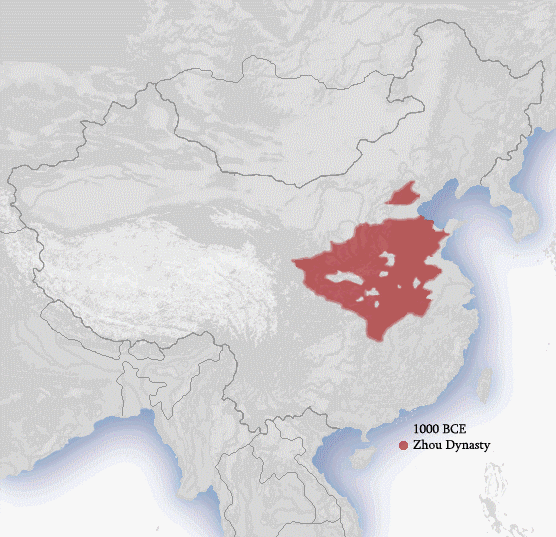


Monarchy Of China Wikipedia


Ancient China Battles Facts All You Need To Know Coolaboo Education Site
Introduction Think Like a Geographer China in 260 BCE vs China 221 BCE Directions Examine the maps below, then respond to the questions Map 1 NOTE The 250 years between 475 and 221 BCE is called the Warring States period because China was divided into seven states These states had frequent wars until 221 BCE when Shi Huangdi conquered them2 What impact do you think warring states had on the people who lived in China?The following is a list of Chinese wars and battles, organised by date The list is not exhaustive 1 Ancient China 2 Imperial China 21 Qin Dynasty (221–7 BCE) 22 ChuHan Contention (6–2 BCE) 23 Han Dynasty (6 BCE–2 CE) 24 Three Kingdoms period (2–280 CE) 25 Jin Dynasty (265–4), the Southern Dynasties (4–587), the Sixteen Kingdoms (304–439) and the
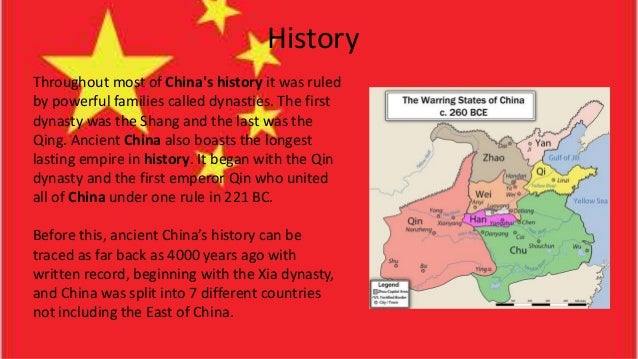


China



Warring States China By Upvoteanthology On Deviantart
A around 500 BCE, when China was undergoing great political turmoil during the Warring States period, the teachings of Confucius became the bedrock of that society The sayings of Confucius were written after his death in The Analects He set out a clear set of rules for moral behavior and for family and political stability115 Jiuquan is made prefectural capital, followed by Wuwei, then Zhangye and Dunhuang (111 BCE) China gains access for the first time to the Western Regions 108 Chinese general Zhao Ponu conquers Loulan and Jushi (Turfan), although Loulan wavers for 5 years 109 Emperor Han Wudi invades and annexes DianAshoka, a Maurya emperor (India, c 260 BCE), converted to Buddhism and built monasteries and stupas for worship in his empire The development of more advanced metallurgy and craft technologies allowed civilizations to create more sophisticated pieces



List Of Rulers Of China Lists Of Rulers Heilbrunn Timeline Of Art History The Metropolitan Museum Of Art
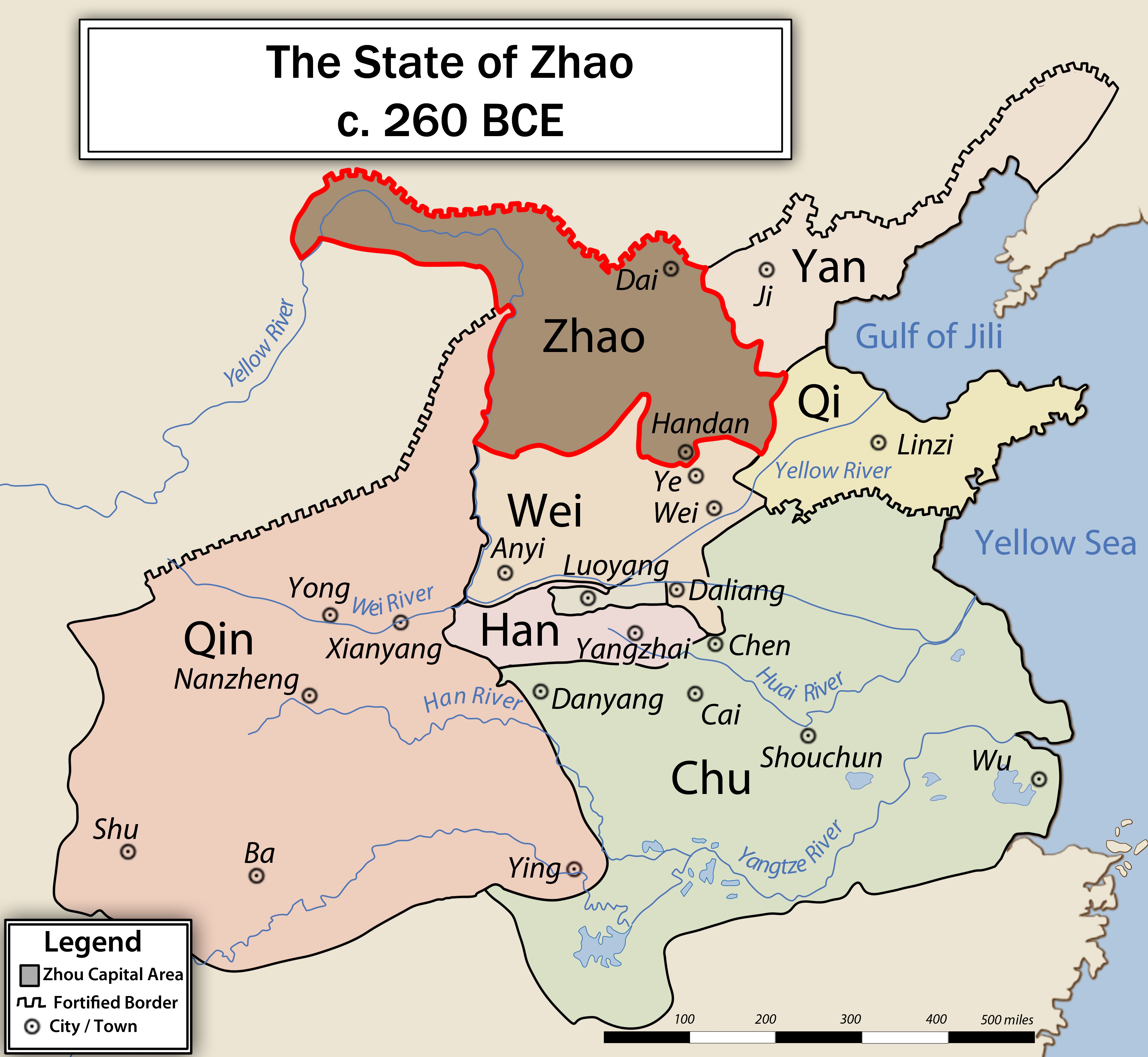


Zhao State Wikipedia
Starting in the 250s BCE, one of these states, Qin, conquered all the others, one by one The rulers of the Qin dynasty were thus the first in China's history to rule a unified Chinese empire The Qin imposed a rigid centralization upon the vast country Their empire lasted barely a generation, however, before it dissolved into anarchyMay 25, 21 · This auto loading crossbow was created in 260 BCE in China during times of war The reasoning behind the complicated crossbow was so that anyone could use it even scholars or women "Forty" From Ancient Egypt Credits Simply called the "Forty", this was the largest ancient warship at the time It had enormous oars that required multipleLearn china unit 2 classical whap with free interactive flashcards Choose from 500 different sets of china unit 2 classical whap flashcards on Quizlet



Pin On Weird True Freaky


Social Studies 9r Mr Berman Documents For The Evidence Based Claim On The Unit 4 China Exam Prompt Which Chinese Philosophy Was Most Effective At Bringing Peace And Stability To China Confucianism Legalism Or Daoism Document 1 The
May 09, 21 · Emperor of China Qin Shi Huangdi (First Emperor of China) (Reign 221 BCE – 210 BC) Successor Qin Er Shi (formerly Prince Huhai) Biography of Emperor Qin Shi Huang Emperor Qin was born Zhao Zheng in 259 BC to King Zhuangxiang of Qin State and Queen Dowager ZhaoArgue whether Shi Huangdi improved China Introduction Think Like a Geographer China in 260 BCE vs China 221 BCE Directions Examine the maps below, then respond to the questions Map 1 NOTE The 250 years between 475 and 221 BCE is called the Warring States period because China was divided into seven states These states had frequent wars until 221 BCE when Shi HuangdiAug 02, 15 · Battle of Changping 长平之战 The bloody battle where the Qin demolished the Zhao BCE Posted by The China History Podcast Laszlo Montgomery presents topics covering 5,000 years of Chinese history and culture



Classical China Part 2 Shi Huangdi And The Qin Dynasty Video Lesson History Videos Videoclass



China S Qin Dynasty B C E The Rise Of The Qin State 24oo Years Ago The Qin Pronounced Chin State One Of The Many Warring States Became Ppt Download
Practice Ancient and Imperial China Next lesson Early Judaism Arts and humanities · World history · 600 BCE 600 CE SecondWave CivilizationsConquered the kingdom of Kalinga, 260 bce Ruled through tightly organized bureaucracy Established capital at Pataliputra Policies were written on rocks or pillars Empire declined after his death because of financial problems devalued currency, trade with China, Greece, RomeMar 04, 19 · The Han dynasty was the second imperial dynasty of China, preceded by the Qin dynasty and succeeded by the Three Kingdoms period Spanning over four centuries, the Han period is considered a golden age in Chinese history The Han Dynasty (6 BCE2 CE) was one of the longest of China's major dynasties In terms of power and prestige,



China The Rise Of Monarchy Britannica
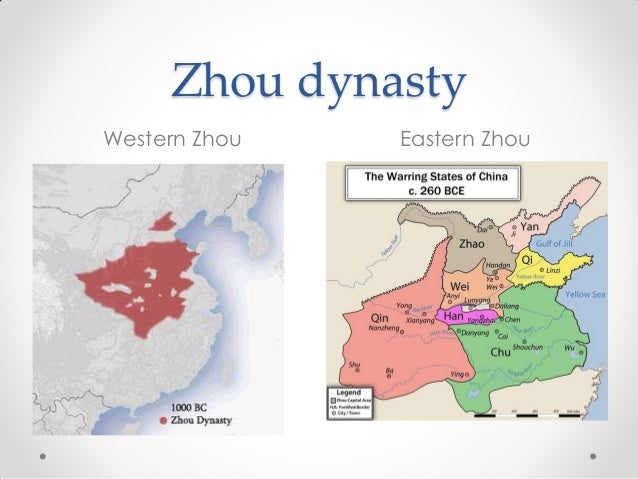


An Overview Of Chinese History
The Warring States of China c 260 BCE o Yan = Time ofChaos in China Zhou rulers we ' Nomadic peop ' Feudalism wec Zhao Gulf of Jili Qi Hand n o Linzi ellow River Wei Luoy Yong Dai Han Xianyang ng@a Chen Nanzheng O Danyang o Cai H a n River Shouchun Chu Yellow Sea Wun View of Humans Believe that humans are naturally evil and selfishImperial China, spanning the years 227 BCE and 1911 CE, was a series of absolute monarchical dynasties beginning with the reign of the Chinese emperor Qin Shi Huangdi The first dynasty to unite all of China was the Qin dynasty in 221 BCE by the first Chinese emperor, Qin Shi HuangdiHan Dynasty in China (6 BCE 2 CE) By nwain1996 221 BCE Before the Han Dynasty (The Qin Dynasty) 221 BCE 7 BCE It began as the Qin state that occupied the Wei River valley In 246 BCE Ying Zheng came to the throne and completed the Qin conquest In 221 BCE the Qin Empire was created and Ying Zheng proclaimed himself Shihuangdi
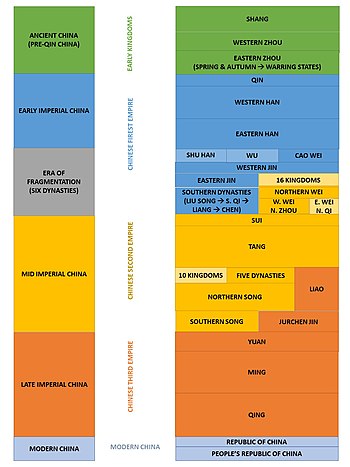


Timeline Of Chinese History Wikipedia



Understanding China S Perpetual Wars Against Its Neighbours Additional Survival Tricks
Some 50,000 men were killed in battle, and most of the approximately 400,000 men who surrendered were slaughtered The state of Zhao was finally annexed by Qin in 222 bceAug 18, 15 · BCE The Battle of Jinyang (金阳之战) during which the Zhi state (智国) was annihilated BCE The Battle of Changping (长平之战)The bloody battle where the Qin demolished the Zhao Zhao Kuo (赵括), the Son Zhao She, got defeated during this Battle3000 BCE 2500 BCE 00 BCE 1500 BCE 1000 BCE 500 BCE 0 CE 500 CE 1000 CE 1500 CE Minoan Mycenaean Roman Christian GREECE central to mathematical work in China for • Liu Hui, 260 AD (by inscribing
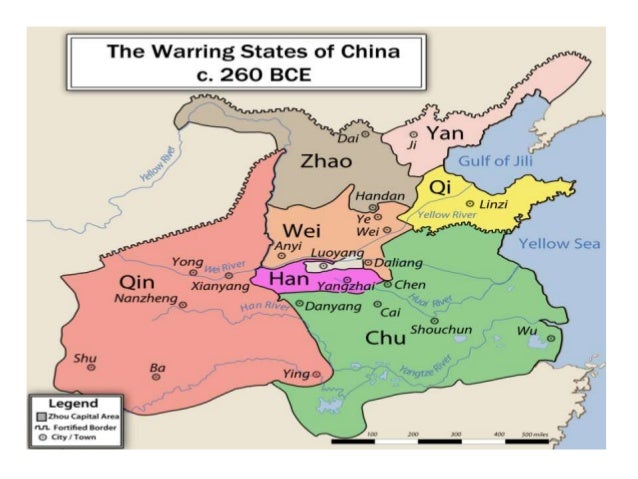


2 Notes China



The Warring States Period 475 221 Expert History
It eventually became the strongest contender against the state of Qin, but its military strength was utterly destroyed by Qin in 260 bce;Chu (Chinese 楚, Hanyu Pinyin Chǔ, Old Chinese *sr̥aʔ) was a Zhou dynasty vassal stateTheir first ruler was King Wu of Chu in the early 8th century BCE Chu was located in the south of the Zhou heartland and lasted during the Spring and Autumn periodAt the end of the Warring States period it was destroyed by the Qin in 223 BCE during the Qin's wars of unification262 BCE 260 BCE The Battle of Changping, one of the most important battles in the Warring States Period in China between Zhao and Qin 259 BCE 210 BCE Life of Ying Zheng of Qin, Shi Huangdi, First Emperor of China
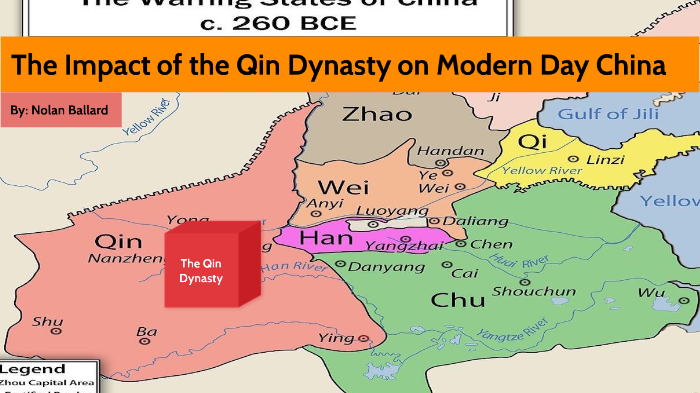


Qin2 By Nolan Ballard
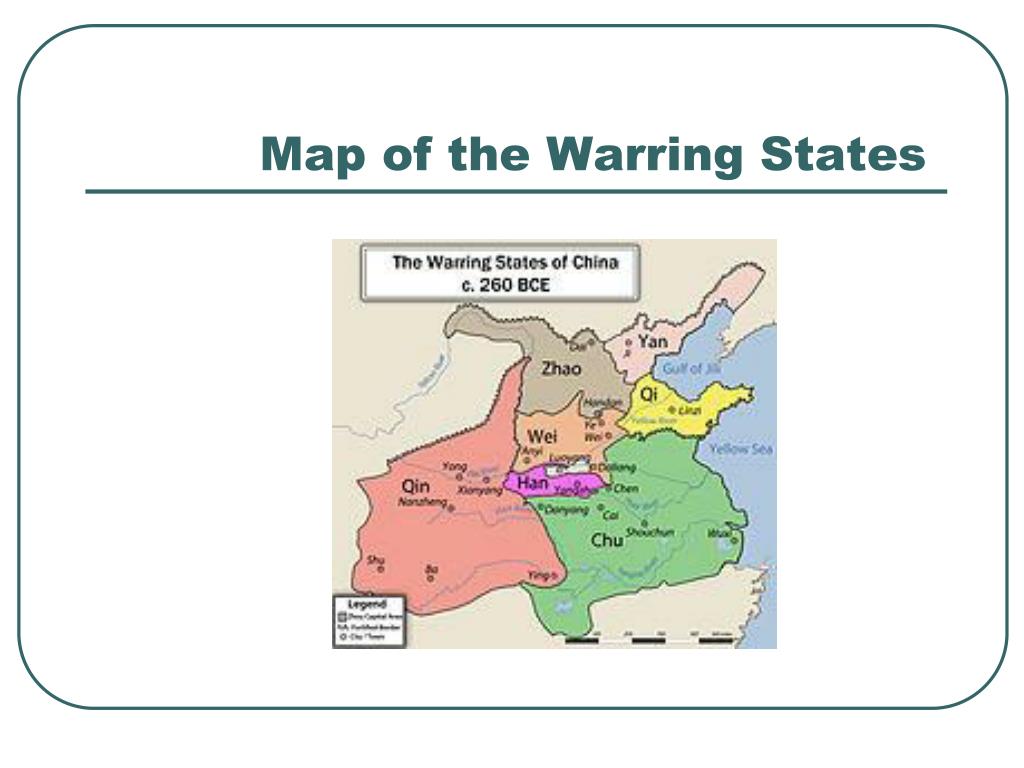


Ppt Qin Dynasty 221 e To 6 e Powerpoint Presentation Free Download Id
Asoka (c BCE) became in 270 BCE the ruler of an empire extending from Afghanistan to Bengal, and by further conquests unified nearly all of India He converted to Buddhism in 260 BCE, expressing remorse for the suffering and loss of life caused by his warsWhat is happening in China in 30BCE The past two centuries have been a tranquil period in Ancient China's history The Han dynasty emperors have expanded their empire's borders on all fronts Under the emperor Wudi ( BCE), in particular, the Xiongu were subdued, northwest China garrisoned and colonized, northern Korea conquered and the annexation of south ChinaHistory Timeline 4000 BCE 250 CE By connorstutts 193 Qin dynasty begins to overthrow Zhou dynasty in China 260 First Roman naval batlle victory 300 Settlers from Korea show Japan agriculture 340 Athenians declare war on Philip 400 Crossbow invented in China
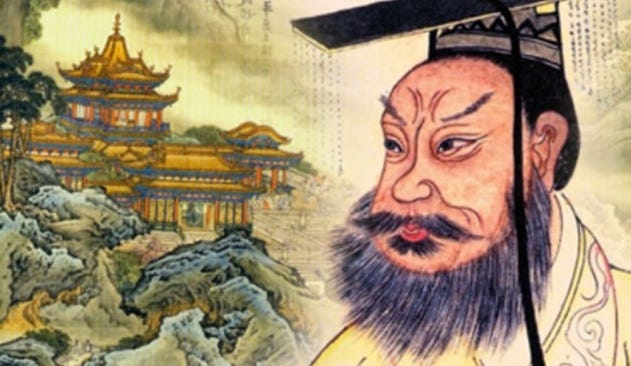


The First Emperor Of China In The Ancient World Before The Time By Joshua Hehe Medium
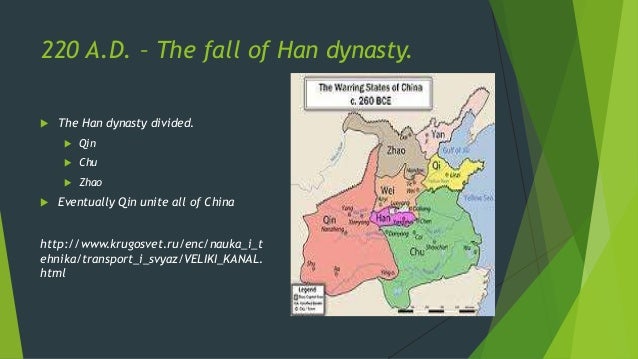


Fall Of Han Dynasty
3 Comparing the map from 260 BCE to the map from 2 BCE, what impact did ShiIn 260 bce a decisive battle between Qin and Zhao destroyed Zhao's military strength, though Qin was not able to complete its conquest of Zhao for several decadesJul 06, 17 · A map showing the principle state of the Warring States Period in China c 260 BCE



Vector Illustration Seven Warring States Late Stock Vector Royalty Free



Tpuiy6shppcqzm



Rome Han China 753 B C E 600 C E Ppt Download
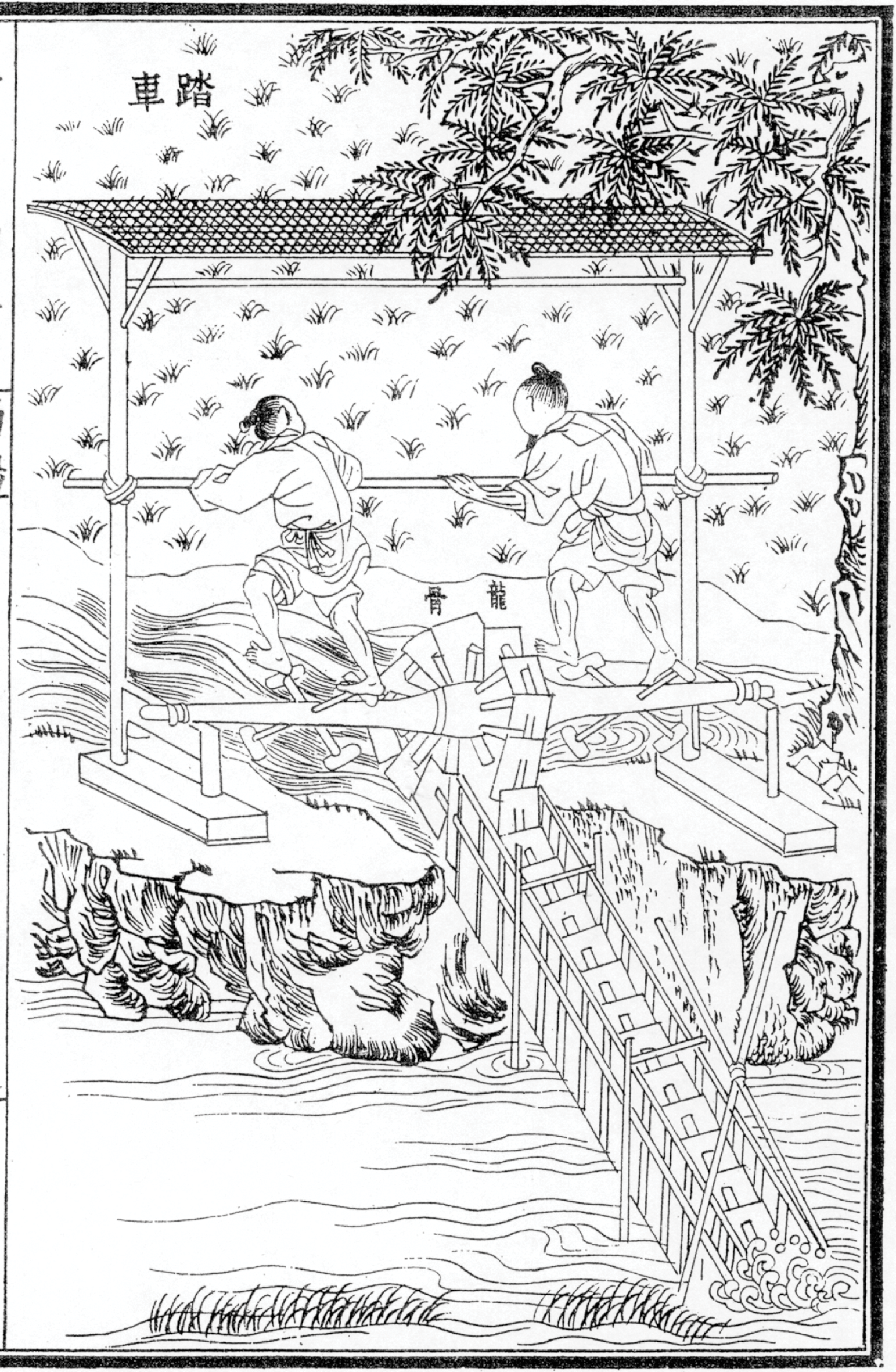


China From Kingdoms To Unification Chapter 12 The Worlds Of The Indian Ocean



History Of Battle The Battle Of Mylae 260 e Youtube



Ancient China Bronze Spade Han Dynasty 260 Large Sloping Shoulder Money



Warring States Period Wikipedia



The Qin Dynasty Actively Learn


Prezentaciya Na Temu China During The Classical Period As We Go Through The Lecture Please Remember To Make Notes About The Key Concepts The Development And Codification Skachat Besplatno I Bez Registracii



China The Qin Empire 221 7 e Britannica


The Evolution Of Legalism



Three Early Chinese Dynasties Zhou Qin Han I
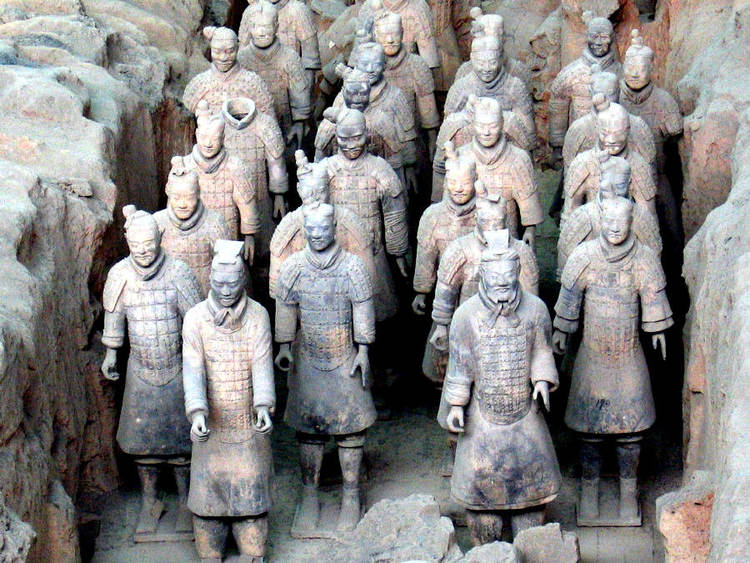


Shi Huangdi First Ancient Emperor Of A Unified China Brewminate



Ppt State Of Qin Vs The Qin Dynasty Powerpoint Presentation Free Download Id



Unifying China China Huangdi Unifying Glogster Edu Interactive Multimedia Posters



Warring States Period World History Encyclopedia



Fall Of Han Dynasty



List Of Rulers Of China Lists Of Rulers Heilbrunn Timeline Of Art History The Metropolitan Museum Of Art



Episode 4 The Battle Of Changping 260 e Unification Of China Youtube



The Invisible Miniature Framing The Soul In Chinese Art And Architecture Hung 15 Art History Wiley Online Library



Boundless Lecture Slides Available On The Boundless Teaching



War The Definitive Visual History Amazon It David Saul Libri In Altre Lingue



Timeline Of Chinese History Wikipedia



3 Schools Of Chinese Thought Part Two Of Chapter 8 Ppt Powerpoint



Ancient China e Ppt Download
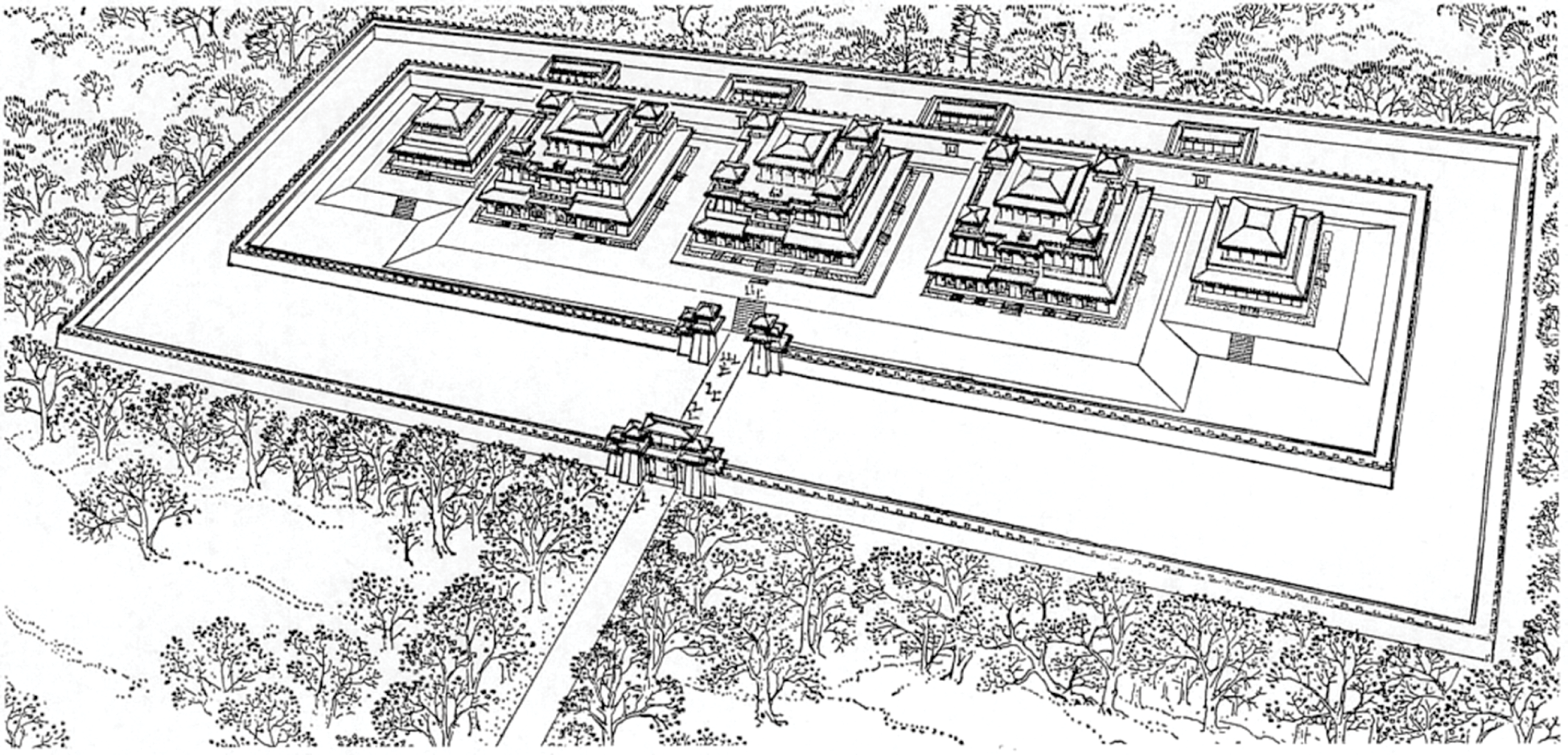


China From Kingdoms To Unification Chapter 12 The Worlds Of The Indian Ocean



Qi State Wikipedia


Chinese Philosophy Video Dailymotion



Zhou Dynasty The Battle Of The Warring States Timeline Timetoast


Lu Tian 226 141bc Surviving The Chaotic Qin Han Transition Visualizing Traditional China



The Warring States Period Of Ancient China



Ppt Chinese Philosophies Powerpoint Presentation Free Download Id
/EN-WarringStatesAll260BCE-59b11540396e5a0014d1a3c5.jpg)


The Warring States Period Of Ancient China



Timeline Of Chinese History Wikipedia



History Of Battle The Battle Of Mylae 260 e Youtube
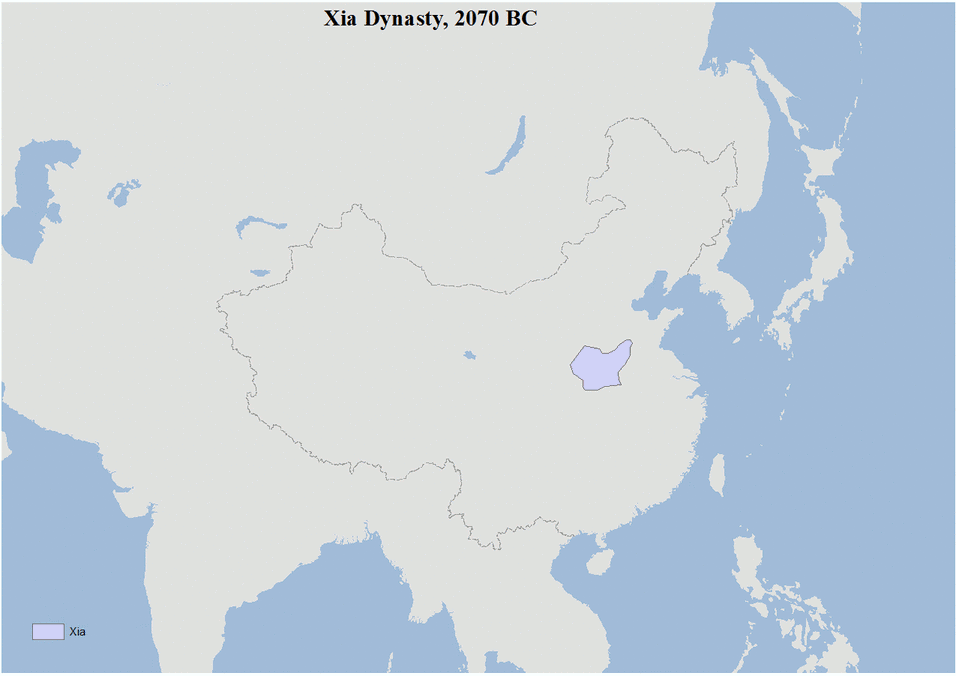


Timeline Of Chinese History Wikipedia



Zhou Dynasty The Battle Of The Warring States Timeline Timetoast



Ppt Chapter 8 Ancient China Powerpoint Presentation Free Download Id



Zhu Rong Fire God Heathen Chinese
/terracotta-army-in-xian-shaanxi-china-637726822-589fae5d3df78c4758a4df20.jpg)


Ancient Chinese Armor Of The Qin Dynasty



وي دولة Wei State المعرفة



Zhou Dynasty The Battle Of The Warring States Timeline Timetoast
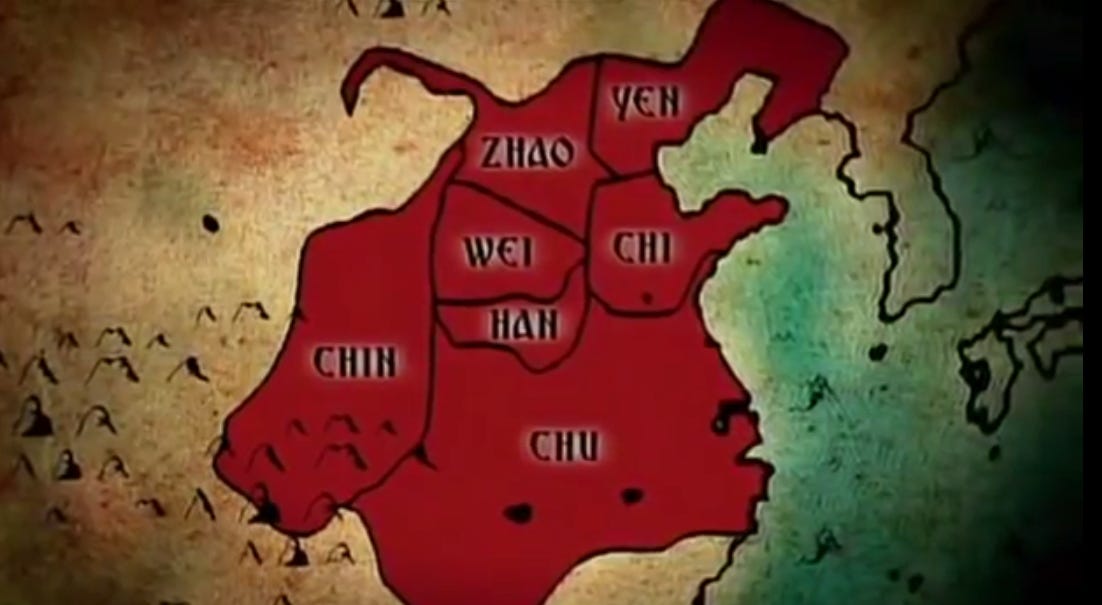


The First Emperor Of China In The Ancient World Before The Time By Joshua Hehe Medium



Comparative Chronology Of Philosophers In Philosophy Of Language Chinese Language Chinese Philosophy
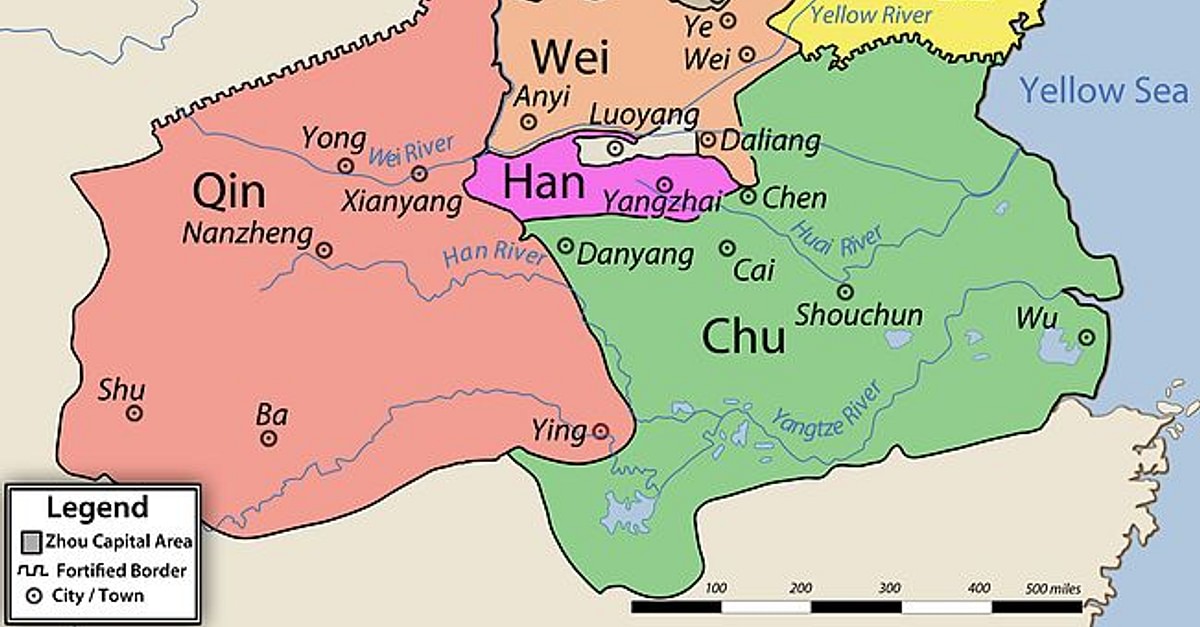


Warring States Period World History Encyclopedia



Warring States Period New World Encyclopedia
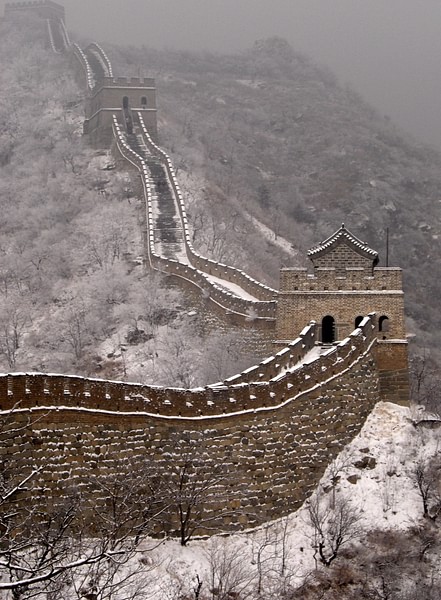


Ancient China World History Encyclopedia



Did Emperor Shi Huangdi Improve China



The History Of China Reunification Of The Country


War The Daily Qin



Age Of Empires Ai Vs Ai Seven Warring States Mini Map Timelapse Aoe2



Warring States Period Wikipedia



Ancient China World History Encyclopedia



Sino Tibetan Languages 楚國 Or 荆楚 Chu State Chu Kingdom 1030 e 223 e The East Asia Mainland Situation During Circa 260 e The Ruling House Of Chu Originally



Zhou Dynasty 1022 256 e Established By Wu



Chu State Youtube


Warring States Period


Prehistory Political Social Cultural Historical Analysis Of China



Cao Wei Wikipedia



3rd Century Wikiwand



Ancient China Bronze Spade Han Dynasty 260 Large Sloping Shoulder Money



Emperor Qin Shi Huang 259 210 The First Emperor Of A Unified China World History Edu



Ancient India China The Mauryan Empire 322 185



Zhou Dynasty The Battle Of The Warring States Timeline Timetoast



Legalism Rachael Scott P Ppt Video Online Download



The Popular Sequel I He Oriainal I He Lesser Known Holiday Special The Warring States Of China C 260 e Khitan Later Yan Western Liang Northern We Yan 4 Zhao Gulf



Ppt Qin Shi Huangdi The First Emperor 259 210 B C E Powerpoint Presentation Id



Ancient China Chinese River Valley Unit 10 What



Shih Huang Ti Background



Top 10 Most Important Events In Ancient China



Ancient China Ppt Download
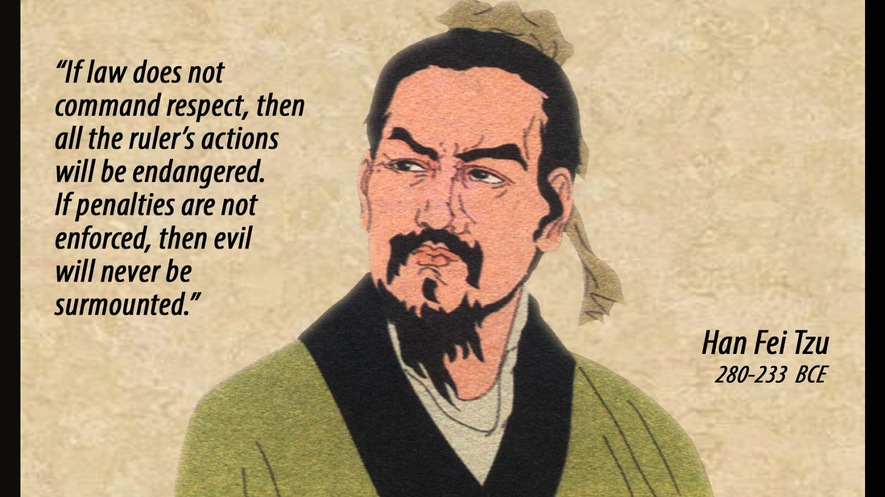


Newsela Legalism An Ancient Chinese Philosophy



Fortnite Warring States Historymemes



List Of Rulers Of China Lists Of Rulers Heilbrunn Timeline Of Art History The Metropolitan Museum Of Art



Did Emperor Shi Huangdi Improve China By Aj Rusk Tpt



Qin Shi Huang China S First Emperor Ppt Download



Ancient China Bronze Spade Han Dynasty 260 Large Sloping Shoulder Money



0 件のコメント:
コメントを投稿